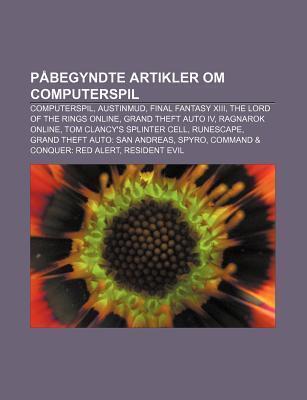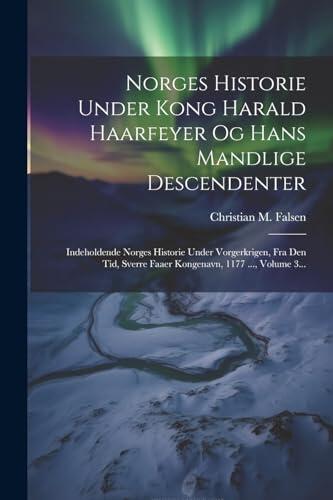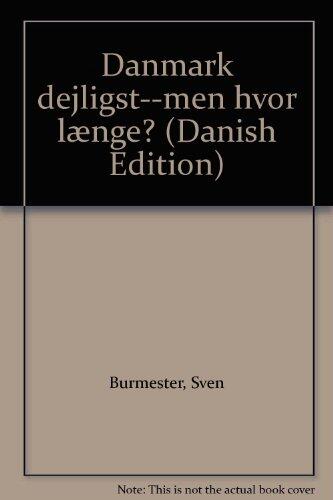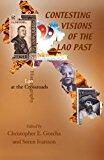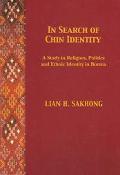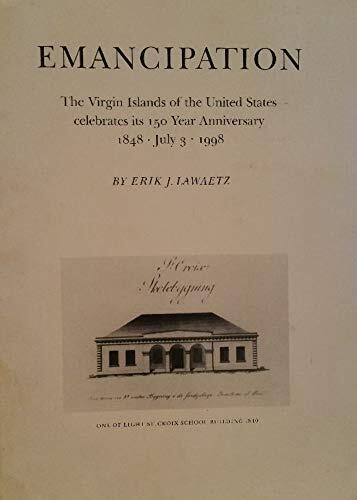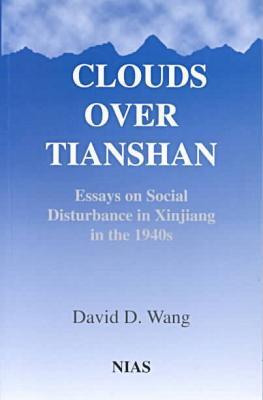
Clouds over Tianshan: Essays on Social Disturbance in Xianjiang in the 1940s
아직 평점이 없습니다
Action & Adventure
History
형식
페이퍼백
페이지
128
언어
영어
출판됨
Jan 1, 2003
출판사
NIAS Press
ISBN-10
8787062623
ISBN-13
9788787062626
설명
David D. Wang delves into a tumultuous period in Xinjiang during the 1940s, where social unrest and transformative shifts define the landscape. With a nuanced examination, he illuminates the complex interplay of political, cultural, and ethnic tensions that characterized this pivotal decade. The essays navigate the intricate narratives surrounding the region, shedding light on the local populations and the broader implications of their struggles for identity and autonomy.
Through meticulous research and richly layered insights, Wang transports readers to an era marked by conflict and change, making sense of the socio-political upheaval that swept through Xinjiang. He underscores the importance of understanding historical context to grasp the lasting impact of these disturbances on contemporary society. His analysis invites readers to consider the underlying factors that fueled the discord, offering a comprehensive view of the region's history.
Wang's work is not merely an academic recounting; it is an invitation to appreciate the resilience of communities in the face of adversity. By connecting the past to present issues, he ensures that the voices of those impacted by these social disturbances are neither forgotten nor overlooked.
Through meticulous research and richly layered insights, Wang transports readers to an era marked by conflict and change, making sense of the socio-political upheaval that swept through Xinjiang. He underscores the importance of understanding historical context to grasp the lasting impact of these disturbances on contemporary society. His analysis invites readers to consider the underlying factors that fueled the discord, offering a comprehensive view of the region's history.
Wang's work is not merely an academic recounting; it is an invitation to appreciate the resilience of communities in the face of adversity. By connecting the past to present issues, he ensures that the voices of those impacted by these social disturbances are neither forgotten nor overlooked.




